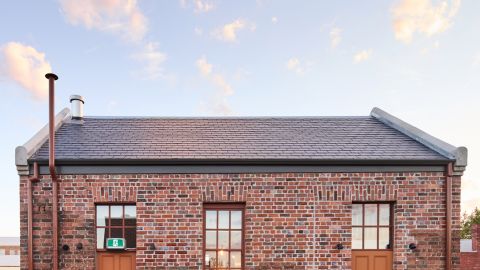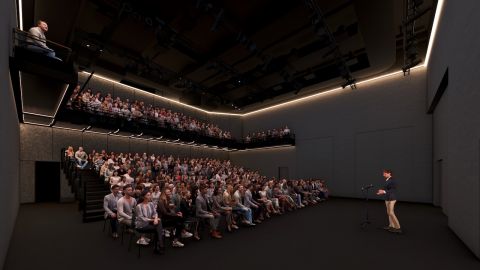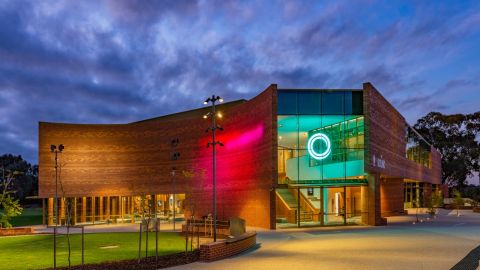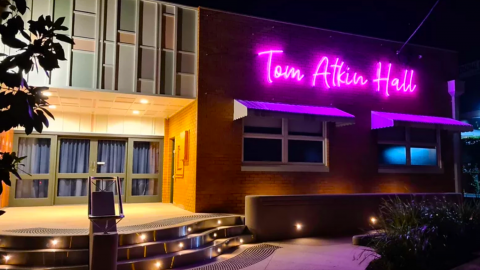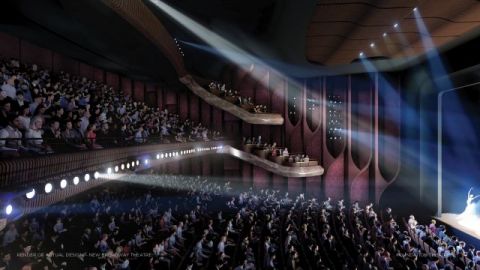Opera House to Upgrade Theatre Machinery in Joan Sutherland Theatre
Sydney – Tuesday, 23 June, 2015: The Sydney Opera House will undertake a major maintenance project to upgrade critical stage machinery systems in the Joan Sutherland Theatre.
A priority project in the Opera House’s overarching plan for the Renewal of its venues and spaces, the Theatre Machinery Project will improve the reliability, functionality and safety of the JST’s equipment and operations.
One of the world’s great performance venues, the 1,500 seat theatre is home to Opera Australia and The Australian Ballet. It also hosts a diverse program ranging from contemporary music to film, talks and circus. The theatre’s machinery systems – used to move and fly scenery, equipment and performers above and onto the stage – are now more than 40 years old and nearing the end of their operational life.
Sydney Opera House CEO Louise Herron AM said: “The Joan Sutherland Theatre is one of the most intensively used of the Opera House’s seven venues, delivering an average of 330 performances a year, while still using the original equipment. Artists’ and audiences’ needs and expectations have changed and the equipment has aged.
“In the Opera House’s decade of Renewal, it is vital to invest in technology and systems so that our venues meet contemporary standards.”
This $45 million renewal project involves the upgrade of critical stage equipment, including:
- Replacing the theatre flying system – Outdated electric hoists and manual, counter-weighted fly lines will be replaced with lightweight, electric powered winches, which are quieter, safer and more reliable.
- Clearing and improving the grid deck – The floor of the grid deck will be replaced. Hoists in the centre of the floor directly above the stage will be relocated to the sides of the fly tower, as part of a new, more flexible system of hoists and to provide an open work area.
- Modifying the rear lifts – A new drive system and lift car will increase reliability, implement new safeguards and double the lifts’ load capacity.
- Improving the auditorium rigging system – Fixed auditorium lighting bars will be replaced by a flexible, centrally controlled system, supporting the temporary rigging of sound and projection equipment.
- Automating the stage fillers – The front half of the orchestra-pit floor rises to stage level to extend the stage beyond the proscenium. Mechanised fillers will be installed to replace the current manual system for closing the gap between the orchestra pit in its raised position and the stage floor.
- Replacing the Lighting Portal Bridge – The existing steel Lighting Portal Bridge, located above the proscenium and used as a catwalk and rigging point for lighting equipment and masking materials, will be replaced by a lightweight aluminium frame.
- Relocating the fire sprinklers – The fire sprinklers over the stage will be relocated from under the grid floor, where they can be impacted by moving scenery, to above the grid floor.
- Replacing lighting dimmers – The obsolete dimmers in the theatre will be replaced with energy-efficient models that are smaller and lighter, freeing up space and load capacity.
The Theatre Machinery Project involves two years of preparation to allow the necessary time for organisational planning, procurement of specialised equipment and performance scheduling. The theatre will then close for seven months, from May to December 2017, while the existing theatre machinery is removed, new systems are installed and tested, and production crews receive training. More information about Opera Australia and The Australian Ballet performances during the closure will be announced next year when their 2017 seasons are finalised.
Ms Herron continued: “Opera House and resident company staff and contractors work behind the scenes day-in and day-out to deliver excellent performances. This project will provide equipment appropriate to the quality of their work. It will make for a safer, more effective and reliable workplace. The next stage of planning will involve continuing extensive consultation with our own staff as well as Opera Australia and The Australian Ballet.”
Opera Australia CEO Craig Hassall said: “This is a critical maintenance project and we fully support it. Since the Opera House opened in 1973 the Joan Sutherland Theatre has provided us with an iconic stage to present some of the world’s best loved operas. Much of the machinery is original and needs to be upgraded. We recognise the many advantages of replacing this ageing machinery with more reliable systems and the latest technology. ”
The Australian Ballet Executive Director Libby Christie said: “We are working closely with the Opera House to ensure the theatre machinery upgrades meet all our production needs. This is an important step in the renewal of this iconic building that will deliver both increased reliability and enhanced functionality behind the curtain.”
As part of broader Renewal planning, the Opera House is continuing to explore solutions to other challenges in the Joan Sutherland Theatre, including the orchestra pit, acoustics, side stages and lighting positions. While the Theatre Machinery Project will not address these issues, it is a critical first step in ensuring that the theatre continues to operate reliably and efficiently.
Photographer: Jack Atley

